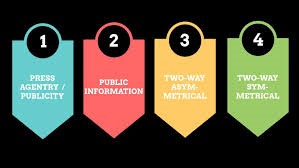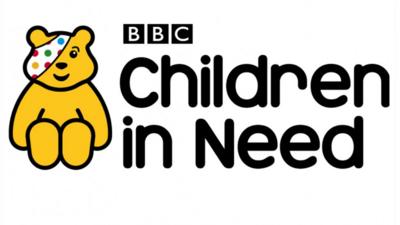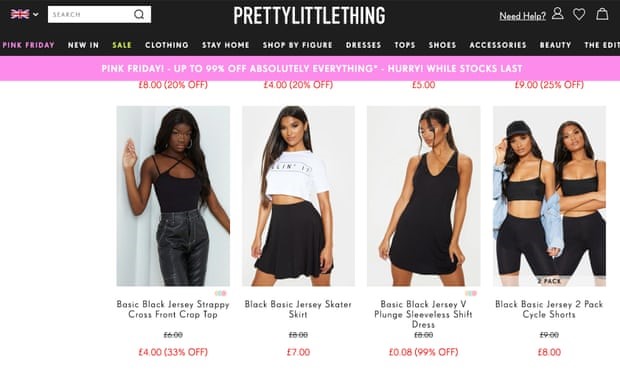PUT down your PR text books, the validity of Grunig and Hunt’s 2-way symmetrical communication has reared its head again!
This year in preparation for assessments, we have quite spent some time discussing whether excellent PR exists or is just a good idea? In my view, it’s more of an ideal than a reality but then came along billionaire businessman Elon Musk with an intriguing example of 2-way balanced comms.

Earlier this month, the wannabe super-hero and part time rocket man polled his Twitter followers, asking them if he should sell 10% of his Tesla stock. He promised to abide by the result; by a 58-42 margin, his followers said he should sell.
And he did, selling around £3.7billion of stock a few days after the poll. On the surface, a fairly simple example of an organisation asking stakeholders to advise on policy and abiding by that decision. Elon asked, Elon listened and then Elon acted.
But did he?
Unpack the offer a little and it seems symmetrical Elon is not all it seems. Media reports appear to suggest that Musk had been intending to sell the shares for some time as part of a pre-arranged trading plan agreed in September. However, the amount sold was much higher than had been expected.
So, is Elon’s gesture a genuine example of 2 way symmetrical communication, or merely a publicity stunt engineered to gain attention and favour from social audiences. And there’s more: it appears that the sale comes as US Democrats have proposed a so-called “billionaires tax”, which could see the richest in US society taxed on unrealised gains on stocks they own.
Therefore, is Elon Musk’s request a genuine attempt at prompting a balanced relationship, or is it more about protecting his wealth if and when the tax agencies come knocking? Many commentators have been cynical, suggesting Musk’s gesture is nothing more than a publicity stunt. One stock market expert in New York wrote: “This is not novel. It just gets more attention because it’s such a high market-cap type, attention grabbing kind of company.”
Genuine excellent PR or just a messy publicity stunt with hints of propaganda? It’s hard to tell!
Meanwhile our own PR students have been offering their views on whether 2-way symmetrical comms is ideal or reality.

We set the question on one of our discussion forums and got some great feedback.
Huize was clear that it’s a reality: “When there is a crisis in the digital age, PR can build a platform based on bidirectional symmetry to listen to the different opinions and information of the public because information can be collected on a large scale and quickly.”
But Huize also referred to Pieczka’s view that balanced comms is difficult when there is a power conflict between the ‘elite’ PR practitioner and the publics it communicates with. “In this case, the public will be at a disadvantage under the guidance of PR personnel, intentionally or not, which is a two-way asymmetric communication mode.”
Shuo feels that 2-way symmetrical comms is essential for businesses to thrive in 21st century economic models. “The company needs to make its products better for the public and there is no better way to achieve this goal than listening to its customers.”
Shiqi agreed stating that the emergence of digital and social media platforms made communication a much more level and balanced experience. “Traditional media, like TV, newspapers and radio do not have too many methods to collect feedback and ideas from audiences, the activities they do mostly use publicity and public information models. But in the era of the Internet, things can be done in a much easier way.”
This was also a view suggested by Yueqi who said: “Organizations can now collect people’s opinions through the Internet, social media and official websites and it is also more convenient and cheaper for the public to participate in these activities. People can choose whether to offer opinions and suggestions to the organization, and the organization can choose to accept people’s suggestions or not, and this is how two-way communication works.”
Yasmine took a more cynical view expressing that the name ‘excellence model’ states a lot about its achievability and should be viewed as largely idealistic. However, she posted a note of optimism adding: “I also think that the two-way symmetrical communication model is now more achievable than ever with the growth of social media and online communication between organisations and their publics. For example, Tesla CEO Elon Musk regularly responds and deals with customer complaints and inquiries on Twitter, taking on feedback and suggestions to improve their experiences as Tesla customers.”

Emir was balanced in his response stating that 2-way symmetrical comms was essential for some sectors such as tech and IT where, customer response and feedback is needed to make improvements and adaptations. However, Emir added: “On the other hand, the model is an ideal for say, the corporate sector and politics. While they will never admit it or show it, I think they are still in “publics be damned” stage, and they only deal with the wishes of the public when their profits come into question.”
Meiyu’s considered response stated that social media has improved both the timeliness and scope of organisational comms. However, Maiyu warned that feedback is not comprehensive or representative of the general population. “This may only be the advice of some customers who participated in the interaction, and there may be many customers who did not participate in the interaction, or they do not agree, or elderly people who do not know how to use social software and did not participate in the interaction.”
So, are we any further forward? Is the question of 2-way symmetrical comms still an unsolvable conundrum, or are there genuine glimpses of organisations embedding it as part of the business strategy and values? Only the future will tell is the model is viable or not.
















